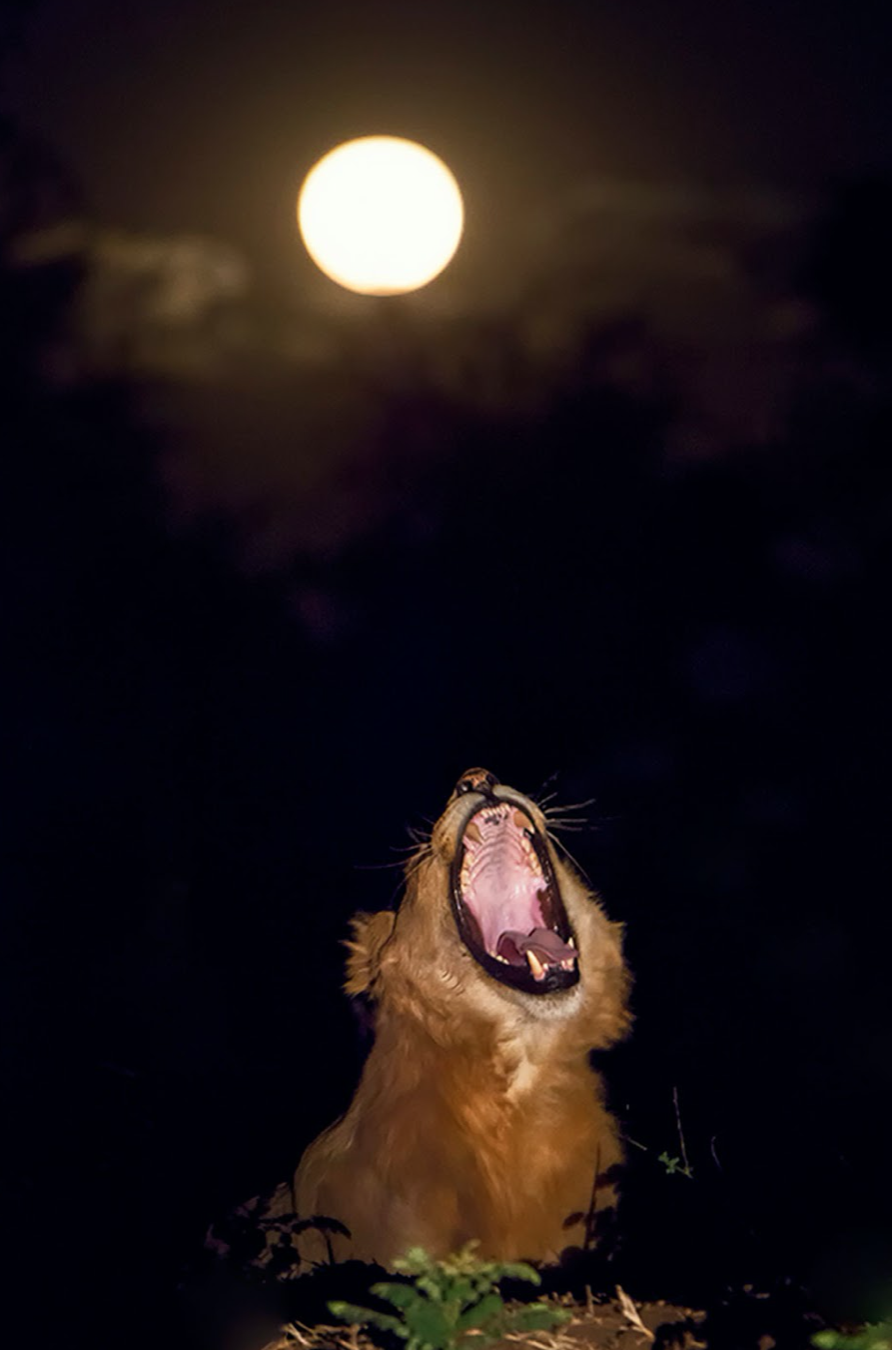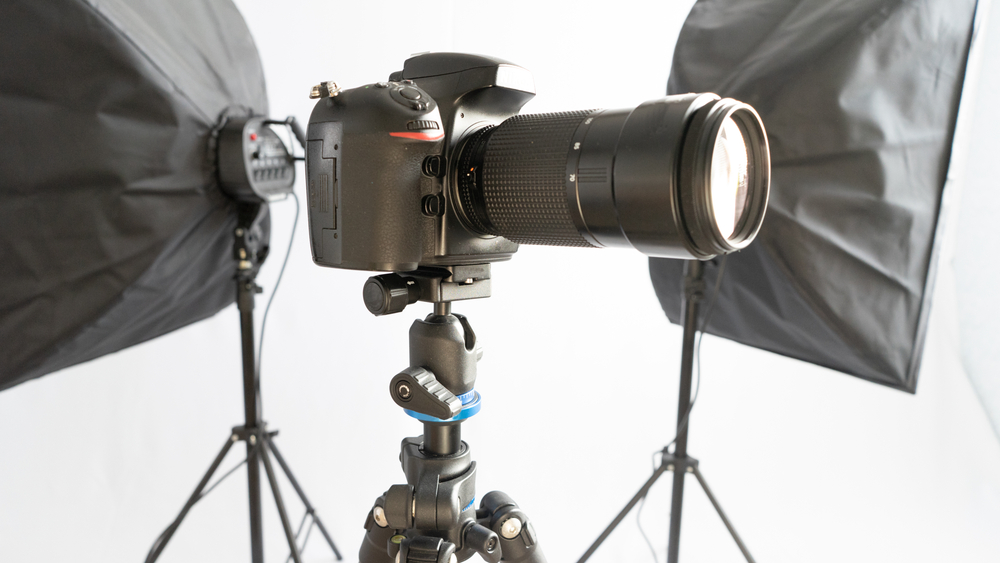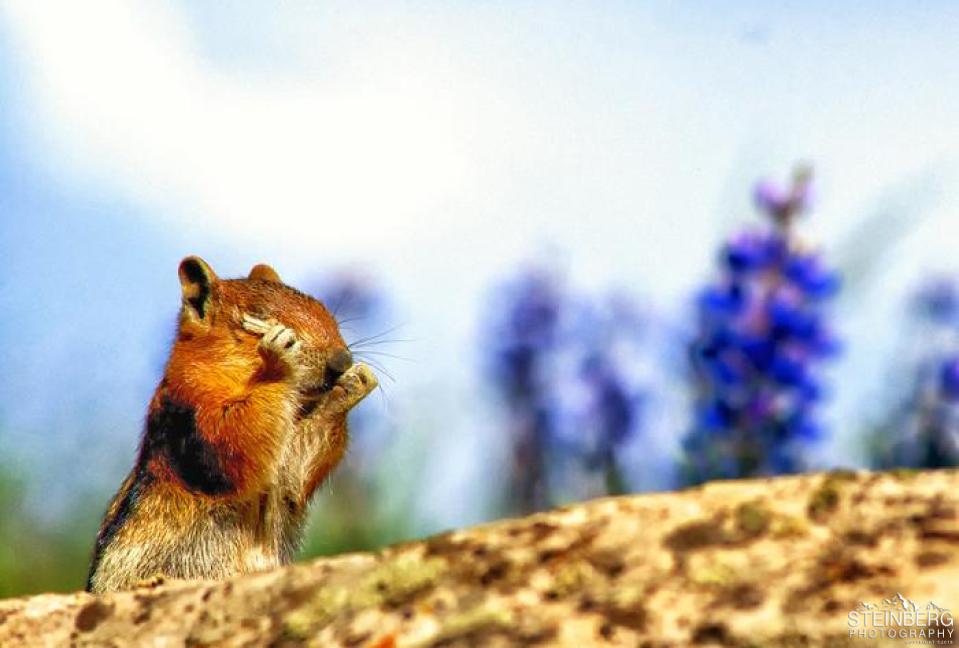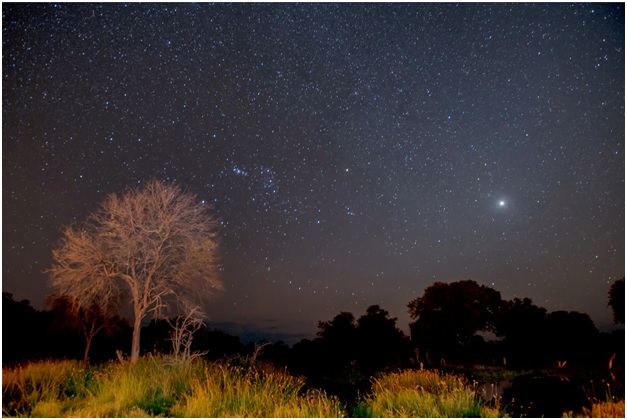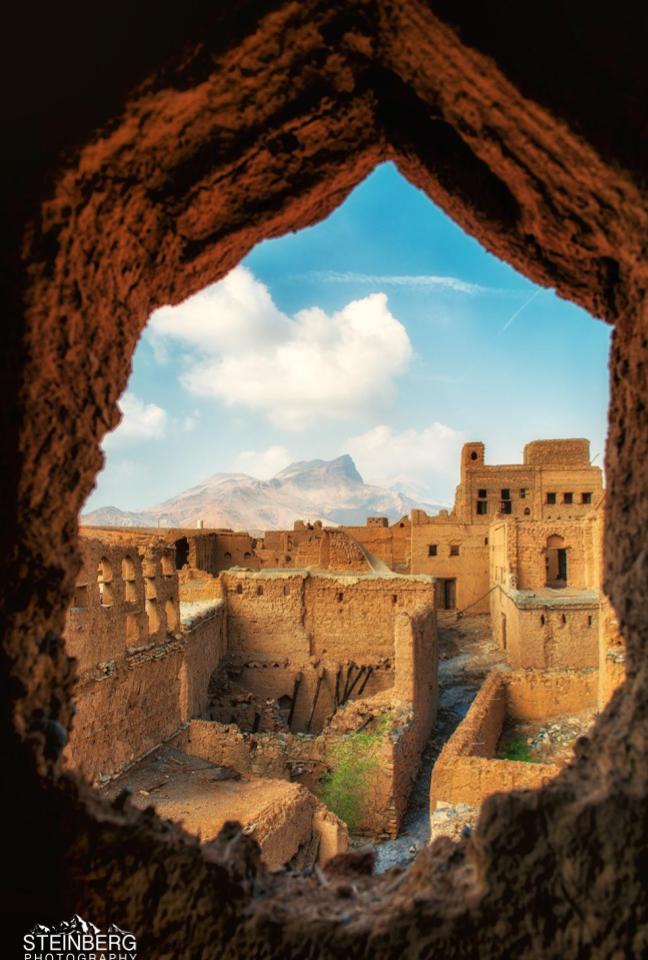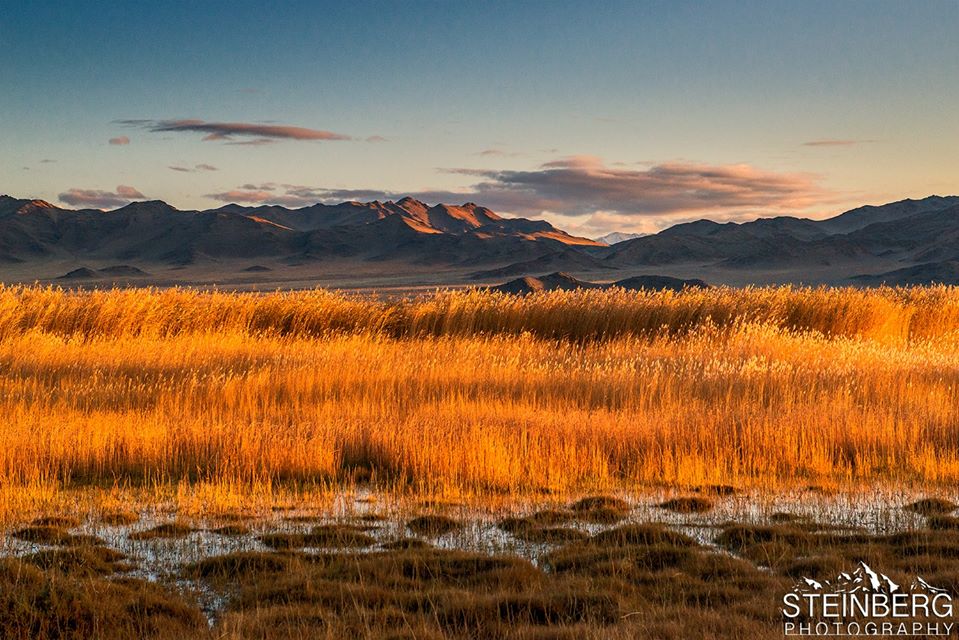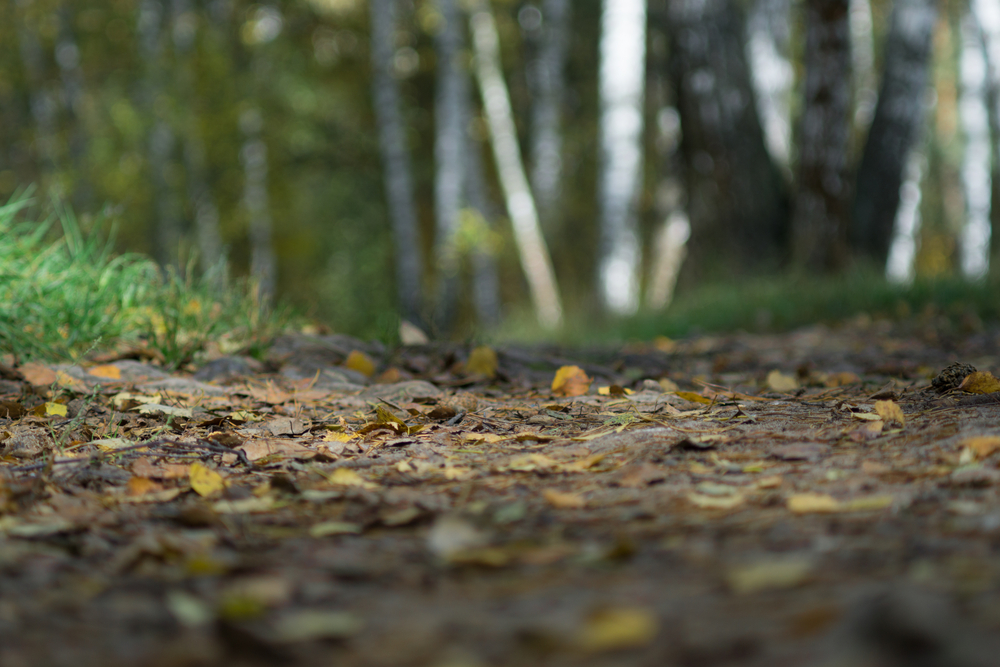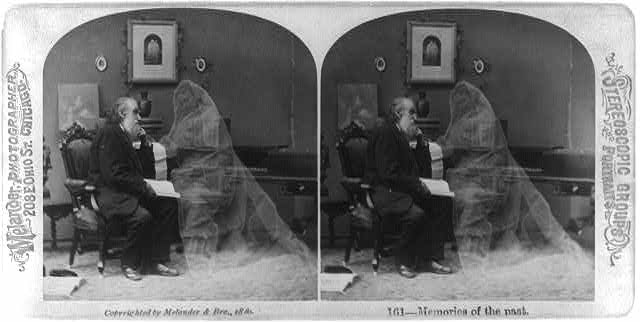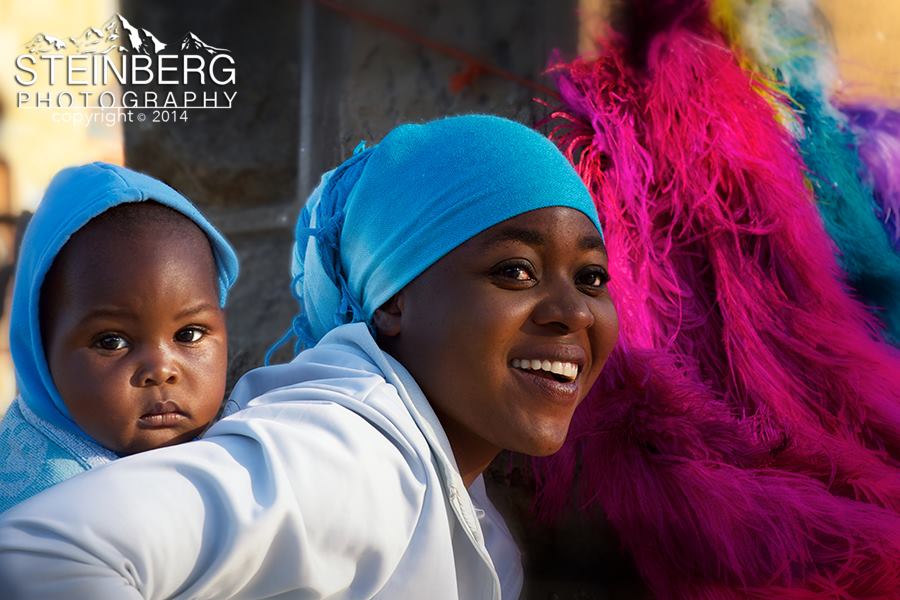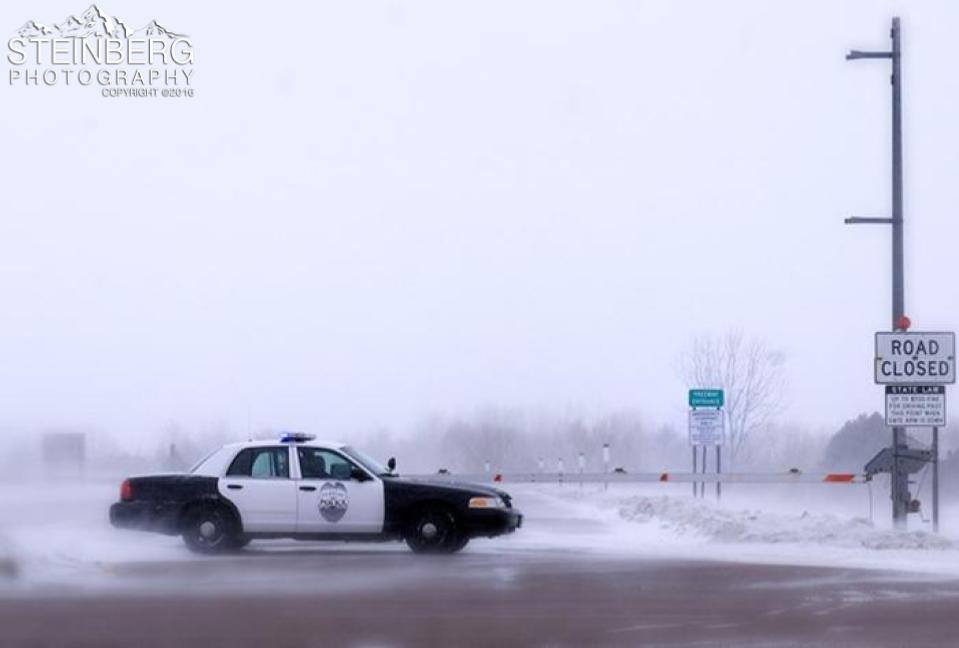We’ve all been there: standing in awe under a bright, glowing moon, our nearest celestial neighbor, our favorite object in the sky. You can’t help but take out your camera or phone and try to capture it, but all that shows up on the screen is an indistinct, blurry glow of white.
The moon looks so impressive to the eye, but with a camera with a wide-angle lens, it’s impossible to capture accurately. This year, there are two full moons in October, the 2nd being known as a blue moon, and it happens to fall on Halloween. So, how can you prepare to take a gorgeous photo of the moon on Halloween night?
With so many trick-or-treating events cancelled this year, it’s a great night to go set up your tripod and try to capture this moon event. Here are some tips:
Gear:
Camera: Stay away from your iPhone camera for this task. Its lens is too wide, and the moon always appears much smaller in it. Instead, rely on your DSLR camera where you have more adjustable settings.
Tripod & shutter release cable: When capturing the moon, you want to eliminate as much noise and grain as possible. That means you want to avoid moving the camera at all costs. The best way to achieve this is with a tripod, so your camera remains unmoving. In addition, you can use a shutter release cable, so you are not touching the camera at all. A wireless remote shutter or self timer will also work to keep your camera absolutely steady.
Zoom lens: According to lightstalking.com, a Zoom lens of 200mm or longer is best for shooting the moon. I prefer something even bigger, say a 300-400mm if you have one.
Settings:
Put your camera into manual mode in order to get the best results. Here are a few suggestions to get you started, but you should rely on your knowledge of your own camera for best results.
ISO: 400 or lower to minimize noise and grain
Aperture: f/5.6 – f8 (generally the sharpest openings of most lenses). As you’ll have time, play around to find your lens’s sweet spot.
Shutter speed: Anything below 8 seconds will effectively stop the movement o the moon. After that the moon will once again appear blurry as it will have moved will your shutter is open.
Location:
It can be interesting to take pictures of the moon rising over a city, but this type of photo presents its own challenges because there are competing types of light, of varying brightness. So, consider what time the moon will rise in your location. Though it’s interesting to see the moon in a dark night sky, it can be even more dynamic to capture the moon at twilight or as the light changes. This also gives you a better opportunity to play around with camera settings and get a photo of the moon with more definition.
You might also consider heading out of town, away from light pollution. This allows you more control over how bright you can capture the moon in your camera.
In my neck of the woods, Halloween night is generally very cold. Consider the weather and how to protect your camera in case of precipitation. Capturing the moon as it emerges from behind a cloud can make an interesting photo, but it’s not worth ruining your equipment if it rains or snows. But if the weather is bad, don’t forget your ghoulashes!
Composition:
The moon is most interesting when it’s put into conversation with other objects, especially terrestrial objects. So get low to the ground, for example, and frame the moon between tall blades of hay (especially at a harvest time, such as October), or capture the moon between some fall leaves or trees.
You can use the space inside the frame to tell a story or create a sense of contrast. Challenge yourself with new compositions.
Black and White:
Finally, I recommend giving black and white photography a try. It’s one of the ways that you can capture more detail in the moon. Remember, you can brighten your photos in Photoshop, Lightroom or other digital darkrooms, but you cannot get back highlight details that are blown out. When it comes to taking photos of the moon, err on the dark side.
The “moon illusion” is the idea that the moon looks larger to human eyes than it actually appears. So there’s a chance that even with the right gear and lots of preparation, your moon photos won’t look as impressive as they look to your eye. Still, if you’re looking for a way to mark Halloween this year, it’s a great opportunity for photographers to get outside.

